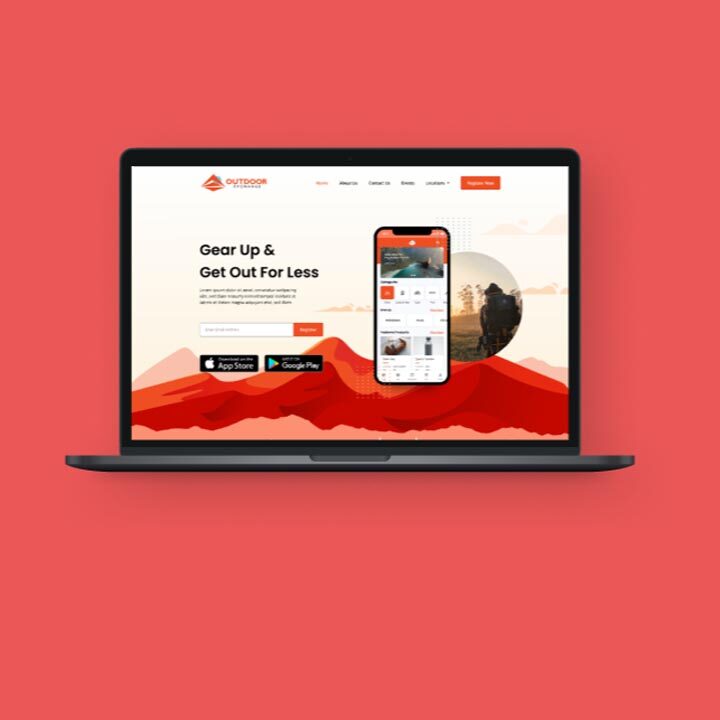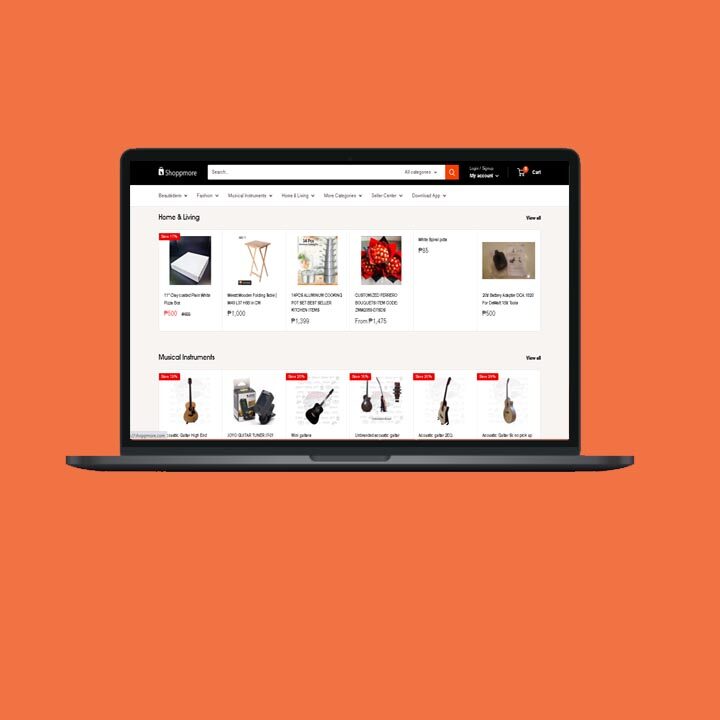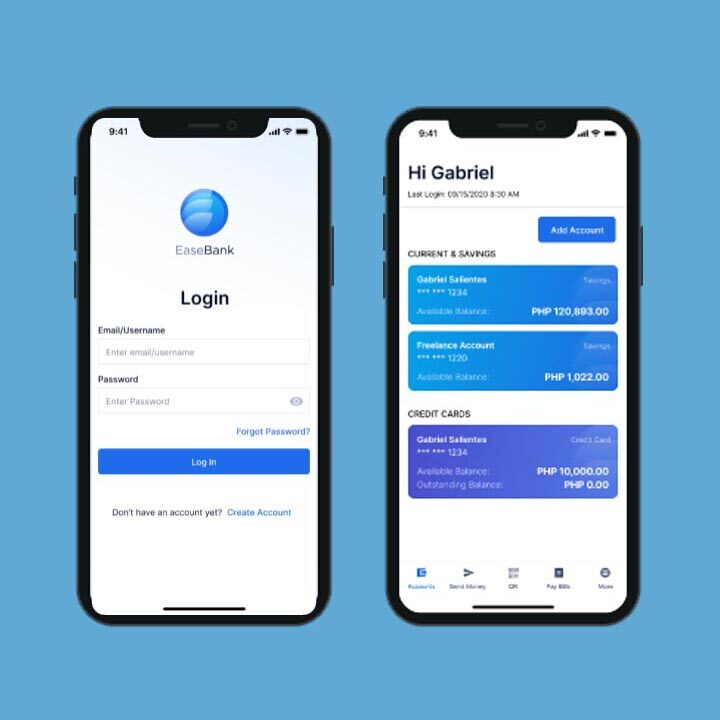The future of UI/UX: What will design look like in 2022?
The future of UI/UX is always a hot topic, but what will it look like? Of course, it’s hard to know it by now, but we can make some educated guesses.
The history of UI/UX design
User interface (UI) and user experience (UX) design are two essential aspects of any digital product. A well-designed UI can make your product more user-friendly and enjoyable, while a well-designed UX can make your product more intuitive and efficient.
UI/UX design has undergone several significant changes over the years. In the early days of graphical user interfaces (GUI), designers focused on ensuring that users could effectively navigate and use the various features of their software. However, as digital products became more complex, designers began to focus more on creating an intuitive and efficient user experience.
How technology has influenced UI/UX design over the years
Take a look at how different technology trends have affected how we design user interfaces and create user experiences.
The introduction of the World Wide Web in the 1990s was a game-changer for UI/UX design. For the first time, designers created interfaces for users that would be accessed via a web browser. This calls for a new set of challenges, as designers had to consider that users would be viewing their interfaces on various devices with varying screen sizes.
The 2000s rise of mobile computing also significantly impacted UI/UX design. Rising of smartphones and tablets, users began expecting to be able to access information and services on the go. This meant that designers had to create interfaces that could be used on various devices with varying screen sizes and input methods.
The ever-increasing and changing pace of technology means that UI/UX designers must always look for new trends and developments. In addition, they need to anticipate how changes in technology will impact the way users interact with interfaces and adapt their designs accordingly.
What trends we can expect to see in UI/UX design in 2022
We expect to see many changes in UI/UX design in the next few years. Here are some:
1. Personalization
This could manifest itself, such as custom-designed user interfaces tailored to an individual’s needs and preferences.
2. Augmented reality
AR can create more immersive and interactive user experiences, and we believe it will be used more and more to enhance existing apps and services.
3. Gesture-based interfaces
Gesture-based interfaces are becoming increasingly popular as they offer a more natural and intuitive way to interact with digital content.
4. Voice control
Voice-controlled assistants such as Amazon Alexa and Google Assistant are becoming more and more common, and we believe this trend continues as voice control becomes more accurate and reliable.
5. AI-powered design
It can be used to create more personalized user experiences and help designers automate repetitive tasks.
How businesses can prepare for these changes
In 2022, there will be even more UI/UX design changes, so businesses need to be prepared. Businesses can do these things to prepare for changes in UI/UX design:
1. Stay up to date with the latest trends: This will make it easier for users to find what they’re looking for and make businesses more credible in the eyes of their customers.
2. Use responsive design: With responsive design, businesses can ensure that their websites and apps are accessible on all devices, regardless of size or resolution.
3. Get feedback from users: Businesses can make changes to their UI/UX design to make it more user-friendly.
4. Simplify the design: This can be achieved by using clear and concise text and easy-to-understand icons and buttons.
5. Think about the user experience: Ensure that users can easily find what they’re looking for and that the overall experience is positive.
By following these tips, businesses can prepare for UI/UX design changes and ensure that their websites and apps are always user-friendly.
Examples of innovative UI/UX designs that are changing the industry today
Here’s a list of the most innovative UI/UX designs that are changing the industry today include:
1. Minimalist design: This design is about simplicity and minimalism. The goal is to focus on the essentials and get rid of anything that is not necessary.
2. Material design: This approach was created by Google and is based on physics and material science principles. The material design aims to create a more realistic and intuitive user experience by incorporating real-world objects and interactions into the design.
3. Gestural interfaces: This type of interface allows users to interact with the content on the screen by using gestures instead of traditional input methods such as a mouse or keyboard. This approach is becoming increasingly popular as it allows for a more natural and intuitive user experience.
4. Gamification: This approach uses game design elements and mechanics to make the user experience more engaging and enjoyable. Gamification can motivate users to complete tasks, learn new information, or even have fun.
5. Virtual reality: This approach uses technology to create a simulated environment that allows users to interact with the content in a more immersive way. This type of design is becoming increasingly popular as VR technology becomes more accessible and affordable.
6. Augmented reality: This approach combines real-world objects with virtual content to create an enhanced user experience. AR design is often used in mobile applications and games to provide users with an interactive and engaging experience.
7. Motion design: This design uses animation and other motion effects to add visual interest and appeal to the user interface. Motion design can guide users through a task, provide feedback, or add some fun and excitement to the user experience.
8. Data visualization: This approach uses data and analytics to create visually-appealing representations of information. Data visualization can be used to communicate complex ideas and trends more understandably.
9. Personalization: This type of design takes into account the user’s individual preferences and needs to create a custom user experience. Personalization can be used to provide users with relevant and targeted content or simply make the user experience more enjoyable.
10. Accessibility: This approach focuses on ensuring that the user interface is accessible for all users, regardless of their ability or disability. Accessibility design is becoming increasingly important as the population ages, and more people have access to technology.
UX design aims to create a user interface that is simple to use, engaging, and pleasurable.
The future of UI/UX is looking bright, and we at Code Authority are excited to be a part of it. We can provide all the necessary services you need to create beautiful, user-friendly designs that will keep your customers coming back for more. Click here to learn more about Code Authority’s services – from web design and development to SEO and marketing. With our help, you can ensure your website is ready for the future of UI/UX!
Sources:
- https://www.designyup.com/history-of-ux-design/
- https://uxdesign.cc/5-technology-breakthroughs-that-changed-user-experience-design-history-8d6a05480279
- https://www.interaction-design.org/literature/book/the-encyclopedia-of-human-computer-interaction-2nd-ed/mobile-computing
- https://designlab.com/blog/2022-ux-ui-design-trends/
- https://www.quytech.com/blog/latestui-ux-design-trends/
- https://businesspartnermagazine.com/simple-tips-improve-your-ui-ux-design/
- https://www.uiux.studio/best-ui-ux-design-trends.html
Get the expertise of DigiGlobal Solutions team and make your way into becoming a better business!







